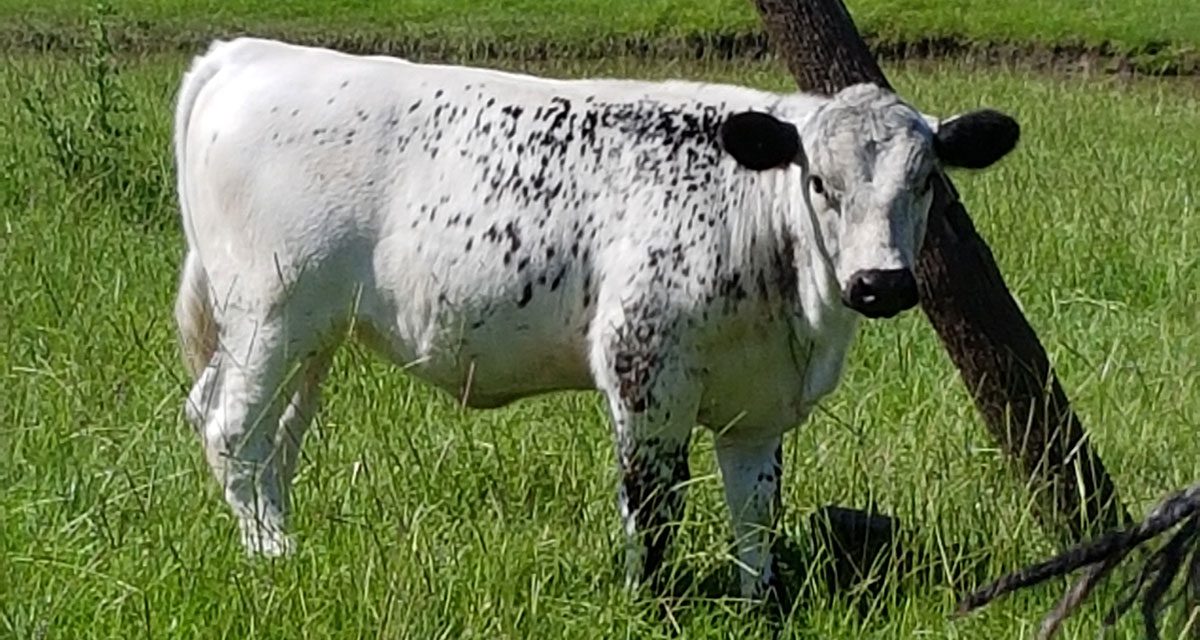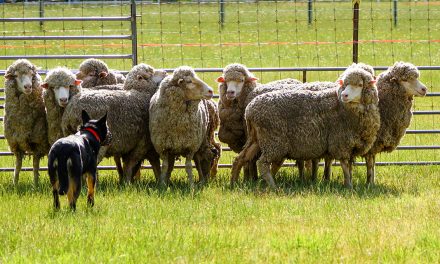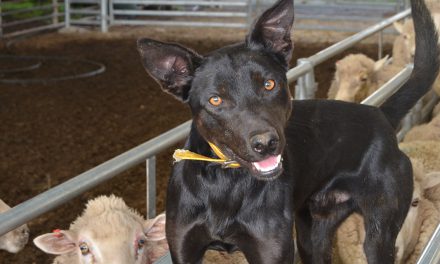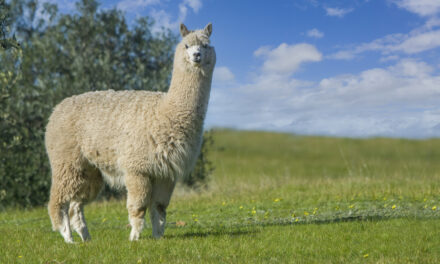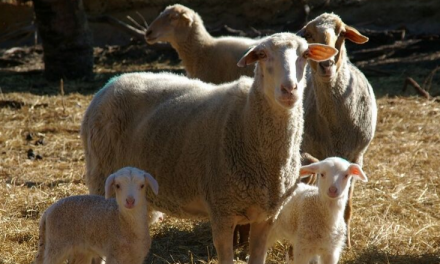When it comes to breeds of cattle in Australia, well we Australians are spoilt for choice. Robyn Sykes has worked her way around the smorgasbord on offer to help you find the best fit for your small farm.
Cattle graze on pastures in every Australian state and territory. But before you choose a breed for your farm, ask yourself: What am I trying to achieve?
Is this a commercial or lifestyle decision? For market or personal use? Trade or breed? Beef, dairy or dual purpose? What is my breeding plan?
To set up a breeding plan:
- Select a breed group that suits your climate. Consider your pastures, soils, pests. Bos indicus, e.g. Brahmans, are well-adapted to the heat of northern Australia. Bos taurus, the British (e.g. Angus) and European cattle (e.g. Simmental) are adapted to more temperate areas. In a nutshell, Bos indicus are heat tolerant and tick resistant; British breeds are fertile and produce high quality carcases; European breeds are known for their large size, lean carcases and high growth rate. Conversely, Brahmans have low fertility and lower meat quality; British and European breeds don’t thrive with high temperatures, poor nutrition or high parasite burdens.
- Choose a breed from your selected group that fits your commercial and personal goals. Factors to consider include temperament (especially important for inexperienced cattle handlers), ease of calving (lower vet bills), feed efficiency (more meat per kilo of grass), grass finishing ability (lower feed costs and healthier meat) and general hardiness. If you are nervous around cattle, you may prefer smaller animals without horns. Some breeds, such as Galloway, are naturally polled. Did you know the Galloway put the ‘Poll’ into Poll Hereford?
- Select sires that will help you achieve your goals.
Many of the cattle in popular breeds have BREEDPLAN genetic estimates. Increasingly you can also access data through genomics, phenotyping and most recently, single step.
Single step will pull together genotyping, pedigrees and performance and progeny data to create a genetically-enhanced EBV in one step and not the current multi-level system.
Such measurements give producers confidence when comparing breeds. Breed societies and Department of Agriculture or Local Land Services personnel can also be a mine of information.
Breed Groups
- British breeds (such as Angus, Hereford, Poll Hereford, Shorthorn, Galloway, Murray Grey and Devon) are popular in many southern regions. Speckled Park is a new breed from Canada that is turning heads: great temperament and great meat. Most British Breeds mature early and fatten on less feed. They perform well on moderate nutrition, have high fertility, make excellent mothers and produce good quality meat.
- European breeds (including Charolais, Limousin and Simmental) are generally faster growing and more muscled than British breeds, but later maturing and less efficient feed converters. Their size will deter many novices. The Limousin is one of the smallest. Others include Brown Swiss, Maine-Anjou, Gelbvieh, Romagnola, Belgian Blue and Piedmontese.
- Bos indicus or Zebu breeds, originally from the Indian subcontinent, are easily recognised by their humps. Brahmans are the backbone of the breed in Australia. They calve easily, milk well and are very protective of their young. Their short, light coloured coats reflect the sun and their black skin protects them from sunburn. They have loose skin and extra sweat glands to keep cool. Bos indicus are usually run in parts of the country with poorer nutrition. Pure and Bos indicus × British cows are also used in coastal environments.
- Sanga breeds such as the Tuli originated in sub-Saharan Africa. The medium-sized Tuli is hardy and adaptable, with a docile nature, high fertility and excellent beef qualities. Suitable for hot, dry areas.
- Wagyu is greatly valued in its Japanese homeland, and increasingly domestically. The small-framed, slow-growing Tajima bloodlines are renowned for exceptionally marbled meat. Resilient in feedlots, high carcase yields.
- Dairy breeds (such as Holstein-Friesian, Jersey and Illawarra) are often combined with British breeds to produce specialist vealer producing cows. They need good nutrition to perform well.
- Composites are a combination of two or more breeds with typically present the best characteristics of each breed; such as Brangus (Brahman x Angus), Braford (Hereford x Brahman) and Charbray (Charolais x Brahman). Well adapted to northern Australia. Also available are Droughtmaster (an Australian breed) and Santa Gertrudis.
- Rare breeds covers types such as Old British breeds, including Galloway, Welsh Black, Dairy Shorthorn, Sussex, Red Poll and British White have a rich history, but have fallen out of favour in modern agricultural systems. These traditional cattle act as a reservoir of genetic diversity and important rescue populations in times of trouble. Small farms can play a significant role in conserving these breeds.
Many of the rare breeds would suit small farmers, according to Janet Lane, Cattle Coordinator for the Rare Breeds Trust of Australia (RBTA). The cattle enthusiast maintains the RBTA’s Watch List of cattle breeds under threat in Australia.
“The advantages of all these old breeds are they are very good doers [convert grass into muscle very efficiently],” Janet said.
“They are all easy calvers with low birthweight calves, but they are very good milkers so the calves grow really quickly,” she said.
“They mature early but live longer … they can be productive into their 20s.They’re placid, sensible, hardier than modern breeds, more adaptable, more resistant to pests. Originally many of them were dual purpose [milk and meat].
“They browse as well as graze, and they graze in a way that’s good for the country. They’re very good at getting rid of weed species. And they have fewer methane emissions.
“For cold country, you won’t get a better breed than Galloways. They have a double coat… one of the few breeds that will put on weight in snow. A Scottish breed, Galloways are a strong animal that can walk up hills… naturally polled. While the Belted Galloways are eye-catching and popular, the Galloways themselves aren’t.
“The Welsh Black is a bit like a little Angus. Small, a very good doer. They’re very long in the body so they’re good on steep blocks. Imagine the hills of Wales… these tough little cattle walk anywhere… especially in cool country.
“Traditional Angus are in really low numbers. Shorter, thriftier and more nuggetty than a modern Angus and much better doers… more sensible.
“The British White… the people who have these just love them. Quite a striking looking breed, white with a black point, with all the advantages of an old breed. Really good for a small landholder; you can milk them if you want.”
Looking for a rare dairy breed?
“If you’re looking for a house cow, pick a Guernsey,” Janet opined. “Although for a cold climate, the Dairy Shorthorn has an amazing history and is a very good dual-purpose breed.”
The Belmont Red – developed in Queensland by CSIRO in 1968 – is the only Australian breed on the RBTA watch list. The mix of Afrikander (Bos indicus), Hereford and Shorthorn produced a big, placid animal with good feed conversion, well-adapted to northern Australia.
The only miniature breed on the RBTA Watch List is the ancient Nadudana.
“They’re a miniature Zebu, one of the rarest breeds in the world,” Janet said.
“They only come up to your hip. Because they’ve been with people since the dawn of time, they get extremely docile and affectionate.
“But like other Zebu breeds, they have strong herd behaviour; they don’t like to be separated. Good for a hot climate.”
There’s so much choice, so take it one step at a time. Choose your breed group, then your breed, then your sires.
Check breed associations, ask the locals, do your research. Then enjoy the cattle journey.
Contact:
Rare Breeds Trust:
P: 0408 324 346

